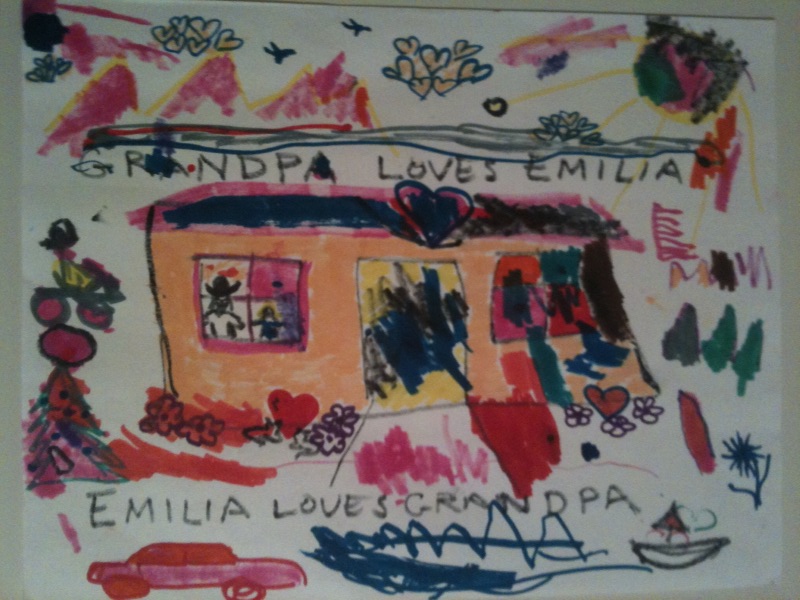When I was thirteen, a boy named Donald approached me in the schoolyard and told me that I looked like a boy. “I bet you are a boy,” he said. “You have no boobs.” I flushed and moved to walk away, but he clutched my arm and held me there. “I’m going to feel them to see if there’s anything there,” he said, grinning, and then he grabbed at my chest and squeezed, hard. I pushed him, turned on my heel, and ran while his laughter rang in my ears. It still rings, even now, when I think back on it. I can still remember exactly what it felt like, that day; I can still feel my chest stinging, and the hot flush of humiliation on my cheeks, the tears burning a trail down my face and dripping off my chin, the lump in my throat choking me, making it hard to breath. Boys are terrible, I thought at the time. Boys are terrible, awful, horrible things and I will never let one touch me again.
I was thirteen years old. I got over it, sort of, just as I kinda sorta mostly got over being grabbed and touched and groped by other boys and men in the ensuing years of my girlhood and young womanhood and not-so-young womanhood. How many times did some guy get too aggressive? How many times did a stray male hand wander across my chest or my ass or my thigh? How many times did I have to shove some man away? How many times did my cheeks flush and throat constrict and heart pound as I shouted or croaked or whispered, no? Too many times. This, too, for almost every woman I know: too, too many times. But the worst still remains that first time, in the schoolyard, when I was thirteen, when I didn’t know, yet, what attention from the opposite sex was supposed to feel like. When I was still a child. When it had the power to ensure that I would forever be made just a little bit uncomfortable by any but the most welcome male attention. When I was still a child.
When Samantha Geimer was thirteen years old, Roman Polanski drugged her and anally raped her. He did this when she was thirteen years old, when she didn’t know, yet, what attention from the opposite sex was supposed to feel like. When it had the power to ensure that she would forever be scarred, forever terrified by any but – maybe – the most obviously benevolent or harmless male attention. When she was still a child.
She did not, I imagine, get over it.

